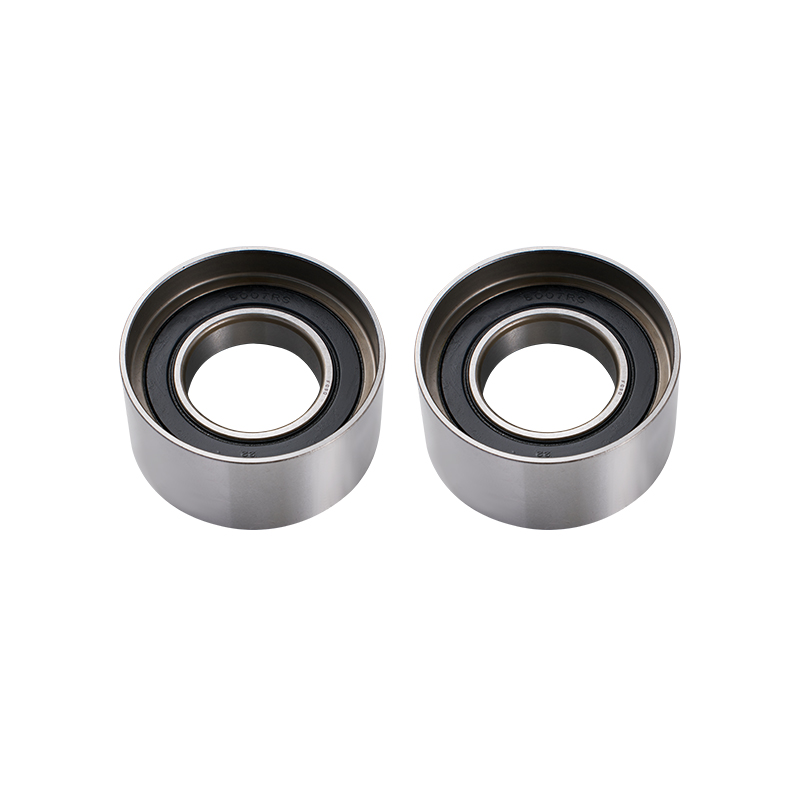Bearings may be small, but their function is critical—especially when it comes to maintaining structural stability and minimizing mechanical deflection. Among the various options available, the double row deep groove ball bearing stands out as a high-performance solution for improving machine rigidity, especially in high-load or high-speed environments.
Traditionally, many machines were equipped with the single row deep groove ball bearing, which is still widely used in lighter or less demanding applications. These bearings are favored for their simplicity, cost-effectiveness, and capability to handle both radial and moderate axial loads. However, as the complexity of machinery increased, so did the demands for enhanced stiffness, precision, and load-carrying capacity. That's where the double row deep groove ball bearing comes into play.

The design difference between a single row deep groove ball bearing and a double row deep groove ball bearing may seem subtle at first, but it carries major performance implications. The double row version, as the name suggests, incorporates two rows of rolling elements instead of one. This arrangement allows for higher radial load capacity and greater resistance to shaft deflection—two factors that directly contribute to increased machine rigidity.
In high-speed or high-precision operations, even a small amount of shaft displacement can cause vibration, wear, and accuracy issues. By integrating a double row deep groove ball bearing, manufacturers can minimize this displacement due to the bearing's improved internal stability and support. The two rows distribute the forces more evenly across the bearing structure, which helps in maintaining proper shaft alignment under varying load conditions.
In contrast, the single row deep groove ball bearing—while effective for many common applications—has limitations when it comes to rigidity and load distribution. For example, when used in machines that experience frequent directional load changes or high moment loads, single row bearings may allow minor movements that can compound over time, cause fatigue or precision drift. This is why critical applications in robotics, CNC machines, and aerospace components increasingly turn to double row deep groove ball bearing designs.
Another important factor in choosing the right bearing is the type of load it needs to support. A radial deep groove ball bearing is primarily designed to handle radial loads, although it can also accommodate some axial load. Both single and double row configurations of radial deep groove ball bearing are available, with the double row variant offering outstanding support in cases where axial and radial loads are combined. This makes the radial deep groove ball bearing versatile and suitable for demanding tasks where rigidity and durability are essential.
Rigidity in machinery isn't just about reducing movement—it's also about increasing operational consistency. A radial deep groove ball bearing helps reduce internal friction, allowing smoother operation and less mechanical wear. When this bearing is designed with two rows, the frictional distribution becomes more balanced, further improving the system's ability to maintain steady performance under stress.
The structural advantage of the double row deep groove ball bearing is clear. Compared to its single row deep groove ball bearing counterpart, it provides enhanced stiffness, better load distribution, and more reliable alignment—especially under complex loading conditions. When paired with a high-quality radial deep groove ball bearing setup, it ensures that the entire machine operates smoothly, quietly, and with reduced risk of failure. For industries demanding improve performance, upgrading to double row configurations is a step toward outstanding machine rigidity and operational confidence.



 English
English русский
русский
